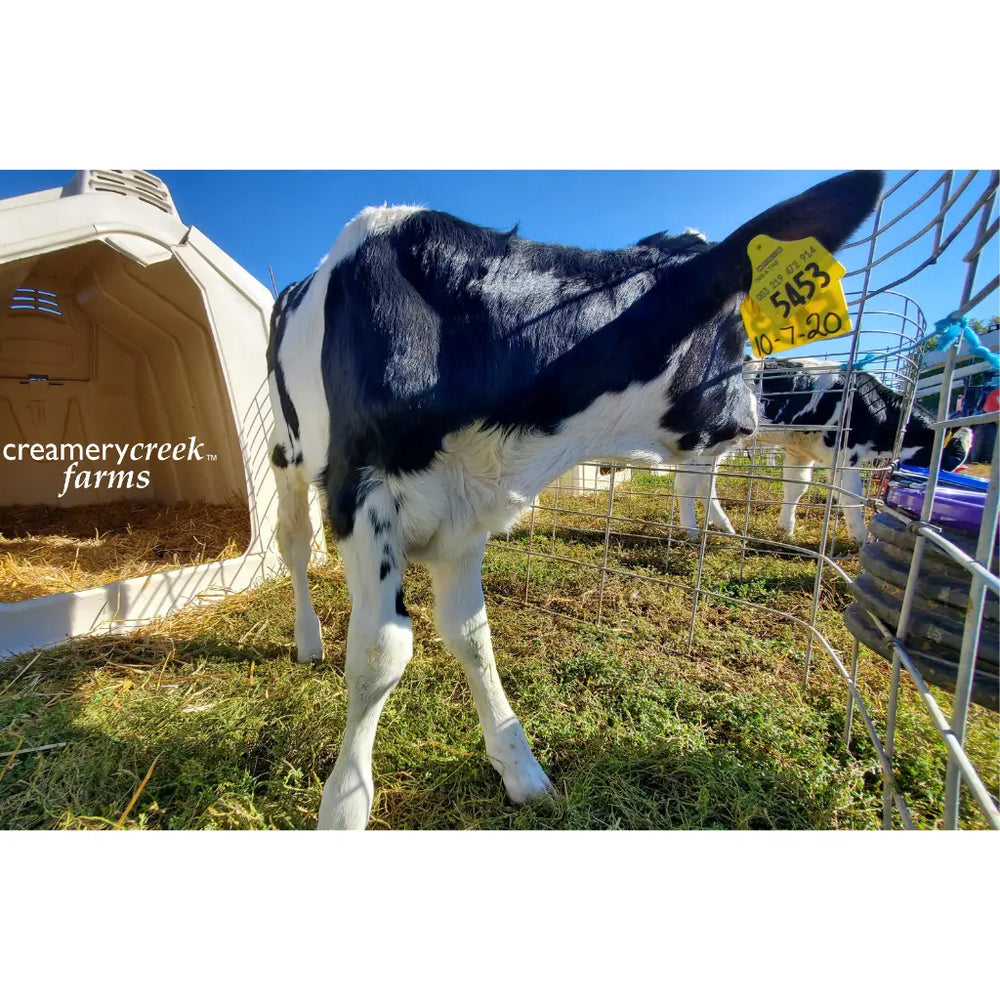
It all starts in the hutch.
Not the parlor, not the robot, not the first time a heifer walks into the barn.
The long, productive life of a dairy cow begins the moment she hits the ground. And what happens in those first days, weeks, and months sets the tone for the rest of her life.
That’s why we’ve gone back to the basics.
We used to raise our calves in a group housing barn with robotic feeders, a beautiful idea, really. Controlled feeding, climate-managed, streamlined labor. In theory, it had everything going for it.
But you know what we didn’t have? Healthy calves.
The Robot Feeder That Wasn’t Right for Us
We gave it a good shot. We really did. But even with depopulation several times, clean protocols and careful management, we couldn’t seem to stay ahead of the disease pressure. Ventilation was tricky. Calves would suckle each other. Some would hang back and not drink enough. Others would overdo it.
It just didn’t work for our farm.
And when you’re talking about baby animals with no immune systems yet, you don’t get a lot of do-overs.
So we made the hard call. We went back to raising calves in individual hutches.
And honestly? It’s been the best thing we’ve done for them. And us, they're the future of our herd!
Why Hutches Work So Well
Each calf gets her own clean, dry space outside in the fresh air. She has her own bedding, her own water bucket, her own bottle. There’s no competition, no fighting over the nipple, no licking the next calf’s ears (which is cute until it spreads bacteria).
We feed two bottles a day, three quarts each, at 5am and 4pm. And here's why that's important: bottles let them suck and suck and suck, just like they would from a mom.
That long, satisfying suckling? It creates froth. And that froth (weirdly enough) is a pretty good indicator of healthy digestion and contentment. We’ve seen calves fed from buckets struggle more with gut health and early-life illness. So we stick with the bottle.
Also, and this is no small thing, we sanitize bottles between every use. It’s not glamorous work, but it keeps bugs at bay. Calves are delicate. Clean bottles and nipples matter.
A Calf’s First Job: Build an Immune System
When a calf is born, she doesn’t have an immune system. That’s just how it is.
Everything she needs to fight off disease in those first weeks comes from colostrum, that first, rich milk her mother makes after birth. So we act fast.
After the calf is born and licked clean by her mama (yes, we give them a moment together), we step in. We collect the colostrum, test it for quality, pasteurize it, and feed it to the calf. Our future milk cows, our replacements, always get the best.
Even our bull calves get liquid gold.
They won’t be with us for long (most beef bulls go on to market around 16 to 18 months), but we still believe in giving every animal a good, healthy start.
Because you get one chance to grow strong lungs. One chance to build solid bones. One chance to set the foundation for a cow who can live a long, productive life.
Our goal is an average herd age of eight years. Some live longer, some shorter. But if we’re doing our job right, each one gets the healthiest start we can give them.
Back to Basics. Back to Better.
Some farms make the robotic feeder model work beautifully. And hats off to them. But we’re not here to follow trends. We’re here to raise healthy, thriving calves who’ll grow into calm, productive cows.
Here, that starts with a warm bottle, a clean hutch, and a lot of patience.
It’s not flashy. It’s not high-tech.
But it works for us. And in farming, that’s what counts.
You might also like
Products featured in this blog post



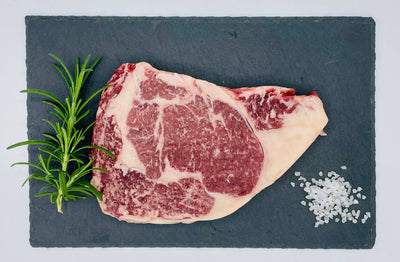
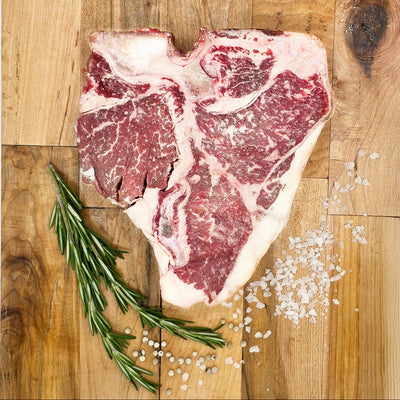
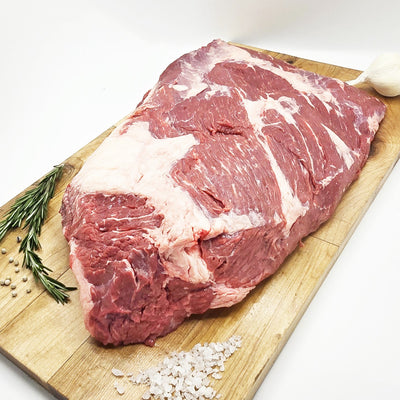
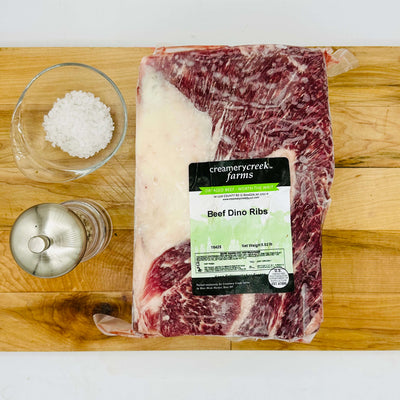
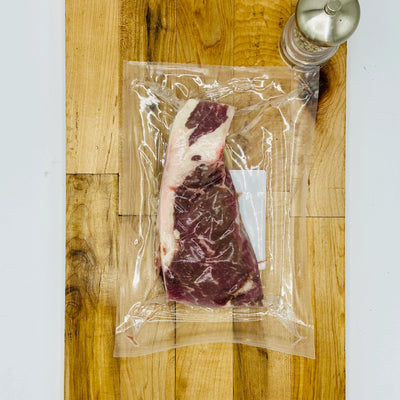
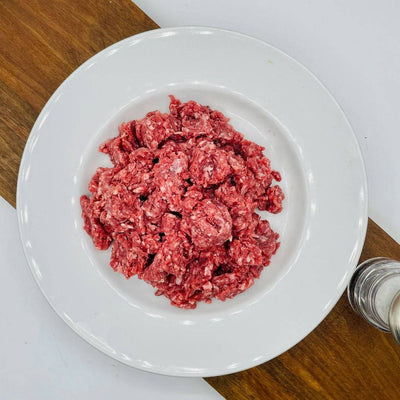
Dejar un comentario
Ver artículo completo
Behind the Scenes: How Your Order Ships from Our Farm
Ever wonder what happens after you click “Place Order”? Take a peek behind the scenes to see how your Creamery Creek box is packed, shipped, and delivered straight from our family farm with care and attention in every step.
Ver artículo completo
What’s Really Going On With Imported Beef
There’s been a lot of talk lately about importing more beef from Argentina to “lower prices.” As a beef and dairy farmer, I wanted to share what that really means from our side of the fence. The truth is, cheaper imports don’t fix the challenges facing American farms, they just make it harder for family operations to survive. Here’s what’s really going on and why local beef still matters.
Ver artículo completo
Dry Aged Beef vs Wagyu
Dry aged beef and Wagyu are two of the most celebrated styles of steak. One brings deep, nutty intensity while the other offers rich, buttery tenderness. You'll have to choose what is right for you, but I have a pretty good
Ver artículo completo